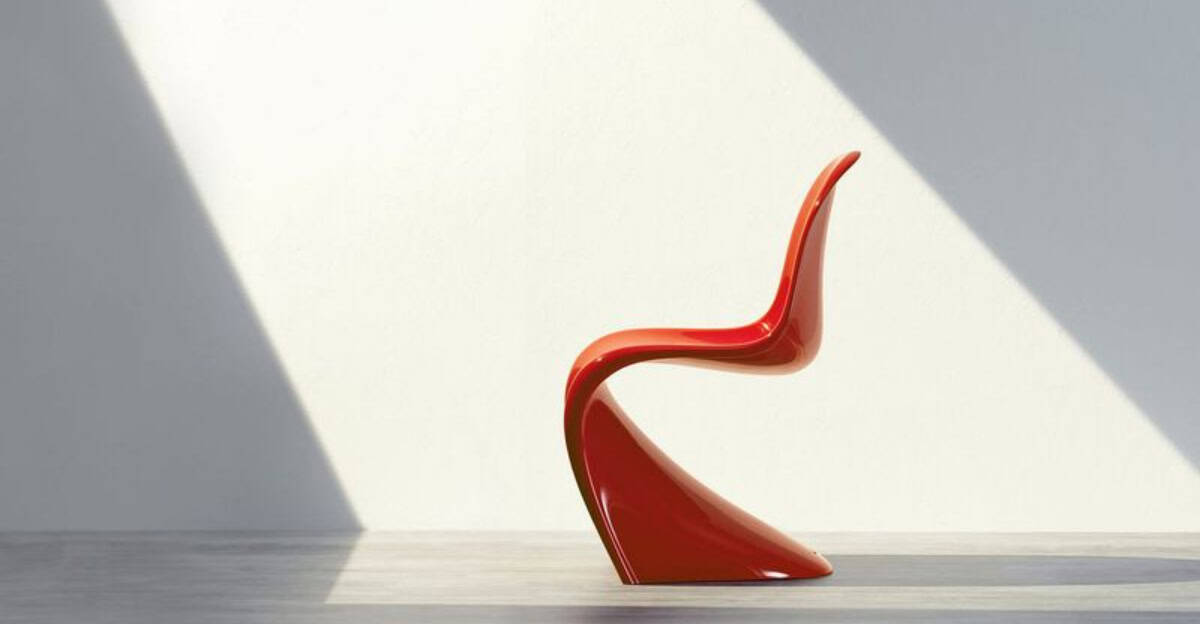Chairs are not just functional furniture, but they can also be emblematic of design eras, reflecting the style and innovation of their time. Over the years, certain chairs have stood out not only for their aesthetic appeal but also for their impact on furniture design. This article delves into 10 such iconic chairs, each with a unique story and design that has cemented its place in the annals of design history.
1. Eames Lounge Chair
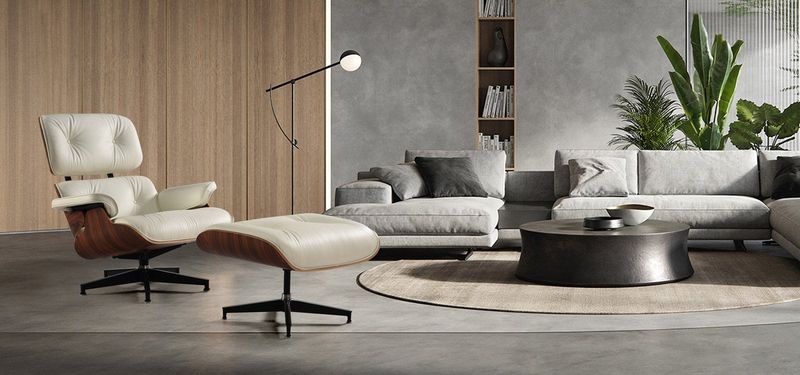
The Eames Lounge Chair, introduced in 1956, epitomizes luxury and comfort. Designed by Charles and Ray Eames, this chair features a molded plywood shell with rich leather upholstery. Not only is it a classic of mid-century modern design, but it also signifies the duo’s pioneering approach to material and form. The chair effortlessly combines functionality with a timeless aesthetic, making it a staple in homes and museums alike. Its design has influenced countless pieces of furniture over the decades, remaining a testament to the Eames’ innovative spirit and commitment to comfort.
2. Barcelona Chair
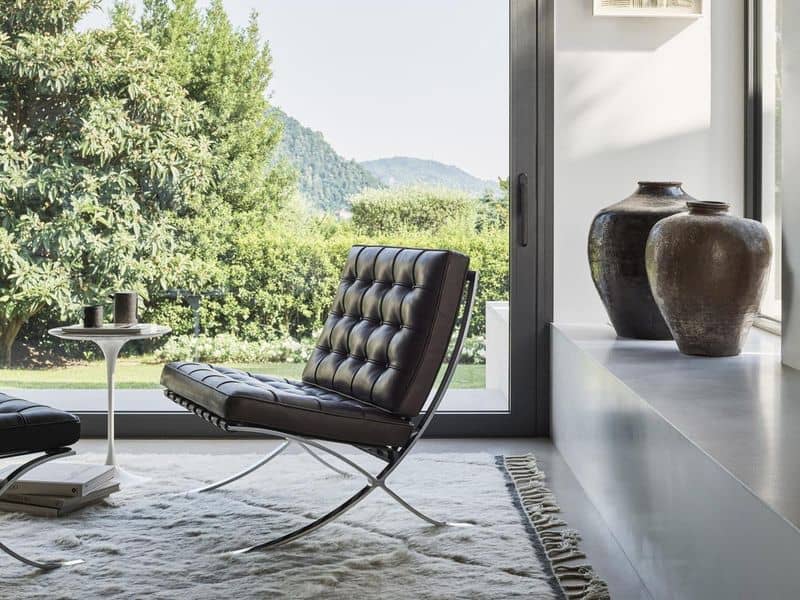
Designed by Ludwig Mies van der Rohe and Lilly Reich in 1929, the Barcelona Chair is a hallmark of modernist design. Originally created for the German Pavilion at the International Exposition in Barcelona, its sleek chrome frame and leather cushions exude sophistication. The chair embodies the ‘less is more’ philosophy, marking a departure from ornate furniture styles of the past. Despite its minimalist appearance, the chair offers comfort and elegance. It remains a popular choice for contemporary interiors, symbolizing the enduring appeal of modern design principles.
3. The Egg Chair
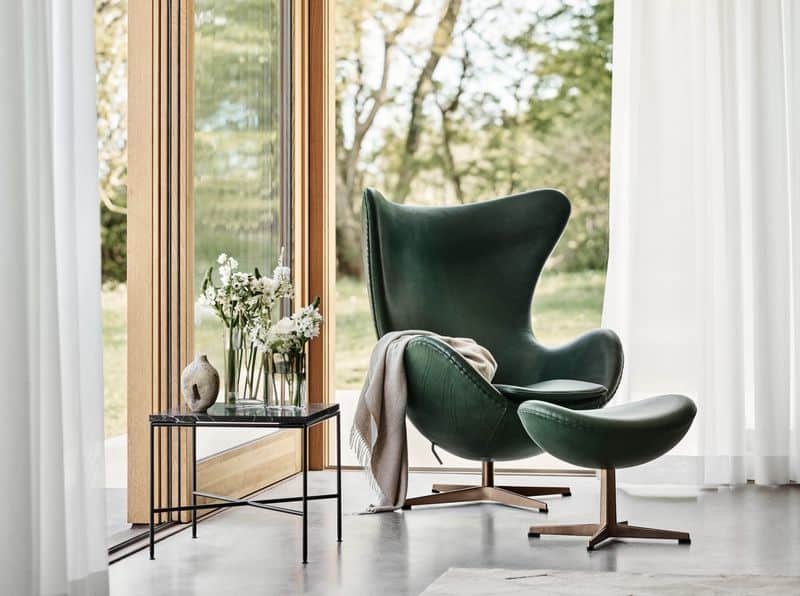
Arne Jacobsen’s Egg Chair is an icon of Danish design, crafted in 1958. Its unique elliptical shape provides privacy and comfort, making it a favorite for public spaces. Upholstered in vibrant fabrics, the chair makes a bold statement while embracing functionality. Jacobsen designed the chair for the Royal Hotel in Copenhagen, showcasing his talent for combining architecture with interior design. Today, the Egg Chair is celebrated for its sculptural quality and is a beloved piece in both modern and classic interiors, reflecting Jacobsen’s visionary approach to design.
4. Wassily Chair
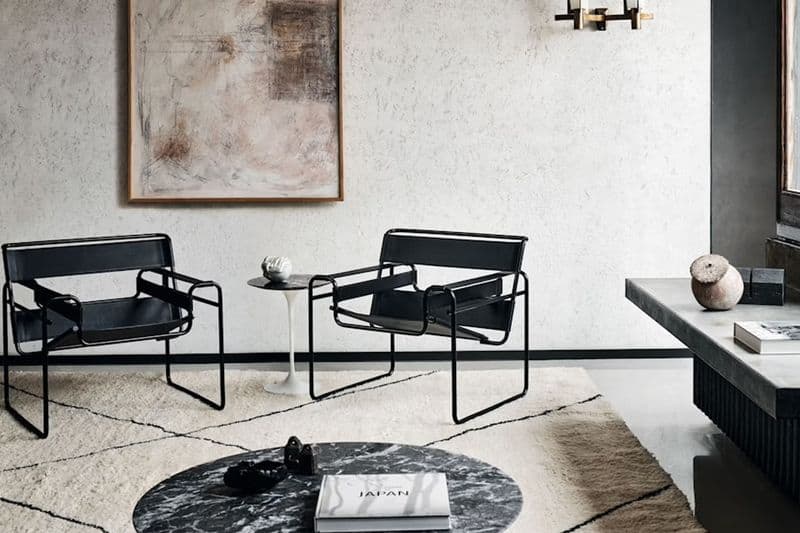
The Wassily Chair, created by Marcel Breuer in 1925, is a pioneering piece of modernist furniture. Utilizing tubular steel and leather, it was among the first to employ such materials in furniture design. The chair’s minimalist aesthetics and strong lines reflect the Bauhaus philosophy, blending form with function. Breuer’s innovative use of bent steel revolutionized furniture construction, making the Wassily Chair a timeless piece. Its lightweight and open structure make it a versatile choice for various settings, symbolizing the innovative spirit of the early 20th-century design.
5. Panton Chair
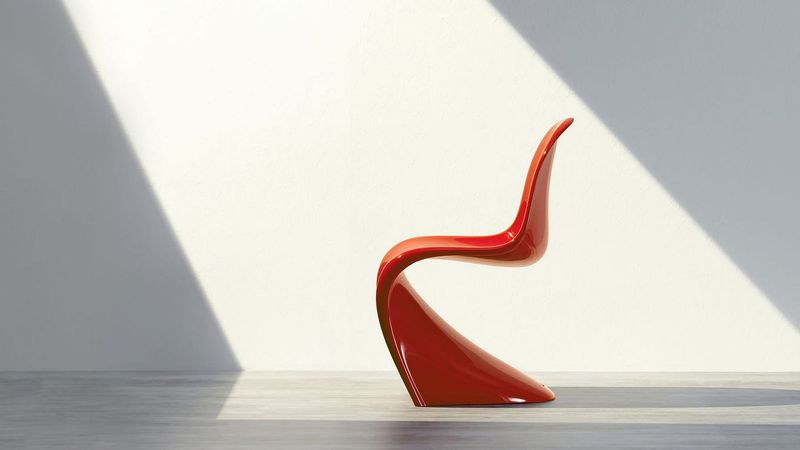
Verner Panton’s Panton Chair is a masterpiece of 1960s design, recognized for its avant-garde form. It was the first chair to be made entirely out of a single piece of plastic, highlighting Panton’s innovative approach. The chair’s S-shaped curve supports the sitter comfortably, while its vibrant colors add a playful touch to any space. The Panton Chair embodies the spirit of the 1960s, a time characterized by bold experimentation and breaking away from tradition. Its influence is seen in contemporary designs that prioritize both form and function.
6. Tulip Chair
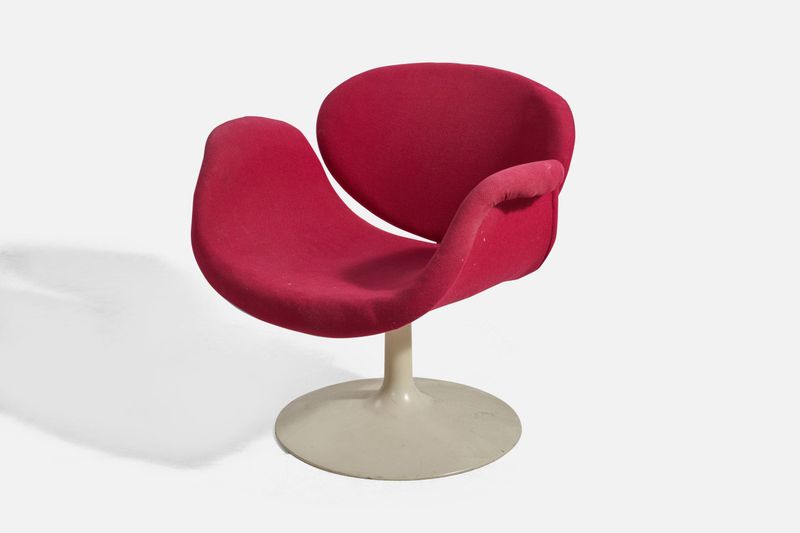
Eero Saarinen’s Tulip Chair, designed in 1956, is a symbol of modernist elegance. Its sleek, pedestal base eliminates the clutter of traditional chair legs, offering a smooth silhouette. The chair’s molded plastic seat and vibrant cushions reflect Saarinen’s desire to streamline furniture design. This innovation provides both aesthetic appeal and practical function, making it a favorite in modern interiors. The Tulip Chair continues to inspire designers with its blend of simplicity and sophistication, capturing the futuristic vision of mid-century design movements.
7. LC4 Chaise Lounge
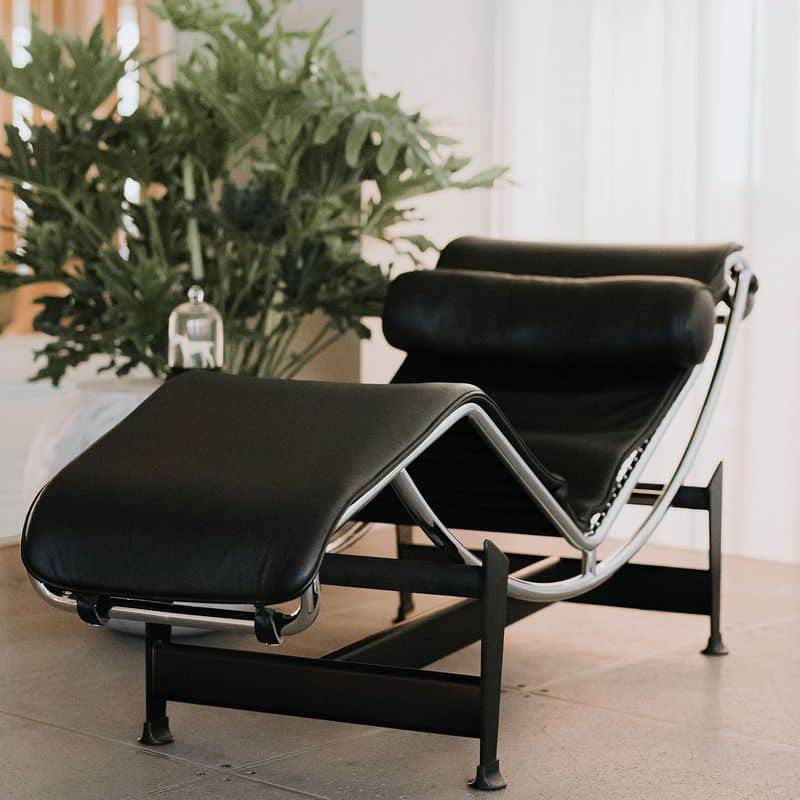
The LC4 Chaise Lounge, designed by Le Corbusier in 1928, is a quintessential piece of modernist furniture. Known as the ‘relaxation machine’, it is engineered for ultimate comfort, with an adjustable recline. The combination of chrome-plated steel and leather upholstery exemplifies Le Corbusier’s approach to functional aesthetics. This chaise lounge is celebrated for its ergonomic design and is often found in minimalist settings. Its enduring popularity speaks to its innovative form and the way it harmonizes with modern architectural spaces, remaining relevant across decades.
8. Wishbone Chair
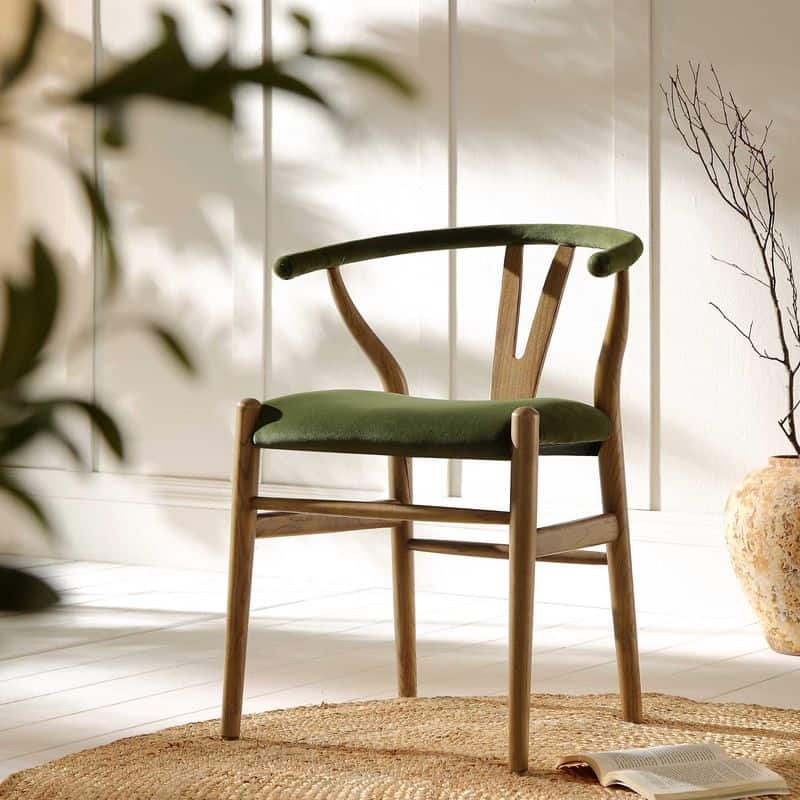
Hans Wegner’s Wishbone Chair, crafted in 1949, is a staple of modern Scandinavian design. Its elegant Y-shaped backrest and woven seat showcase Wegner’s craftsmanship and attention to detail. The chair’s lightweight structure and organic materials make it a versatile addition to any room. It represents a balance between aesthetic appeal and functionality, a hallmark of Scandinavian design principles. The Wishbone Chair remains a timeless piece, cherished for its elegant simplicity and the comfort it offers, reflecting Wegner’s genius in creating enduring furniture classics.
9. Ghost Chair
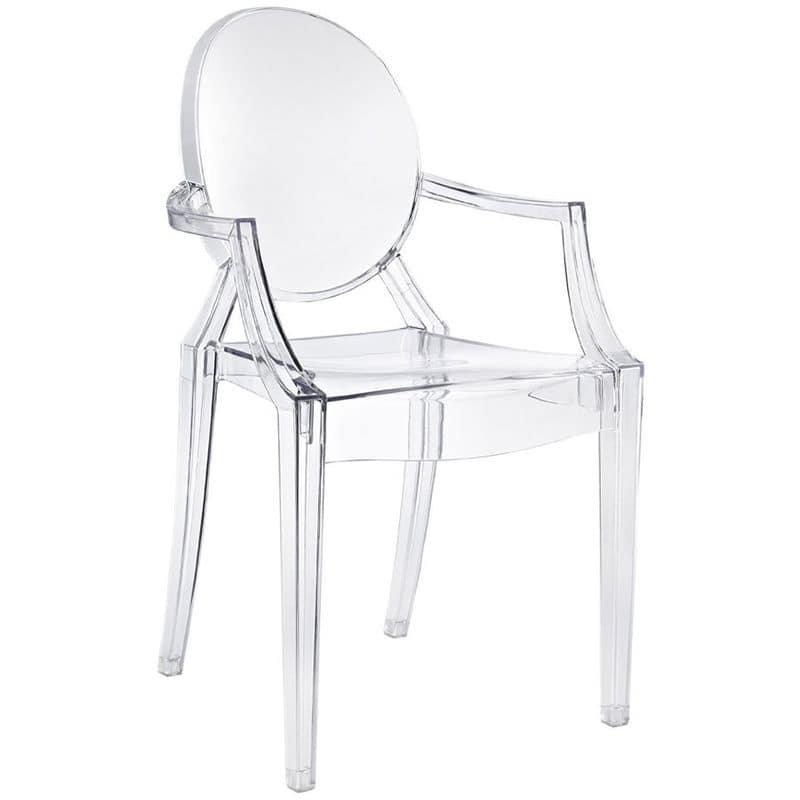
Philippe Starck’s Ghost Chair, introduced in 2002, is a modern marvel of transparency and form. Crafted from a single piece of transparent polycarbonate, it challenges traditional design notions. The chair’s ghostly appearance allows it to blend seamlessly into any environment, making it a versatile piece for various settings. It offers a contemporary twist on classic Louis XVI design, merging historical references with modern materials. The Ghost Chair is celebrated for its durability and style, reflecting Starck’s playful yet functional approach to furniture design.
10. Butterfly Chair
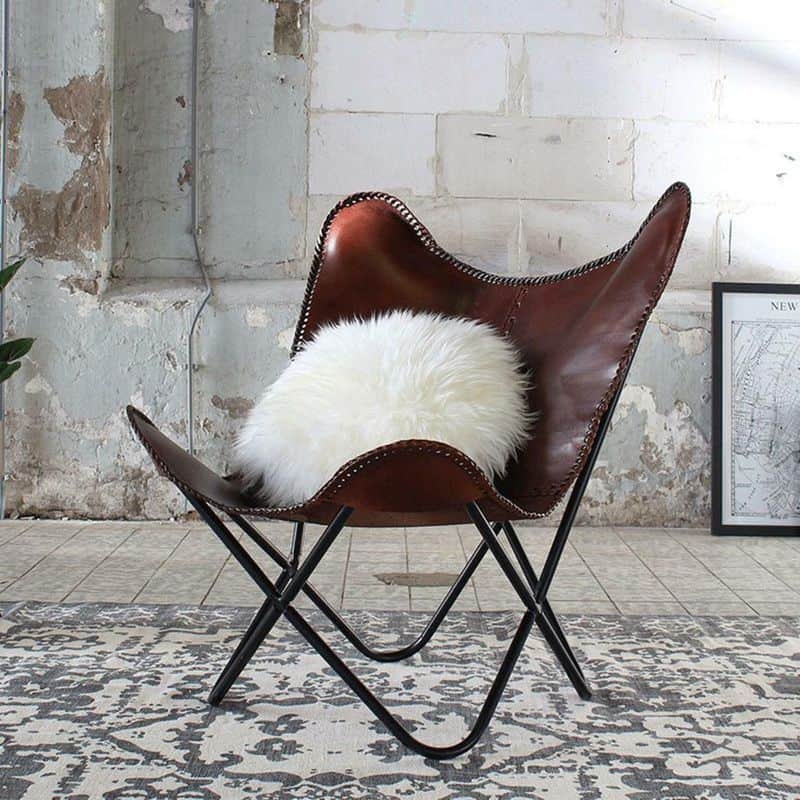
The Butterfly Chair, first designed in 1938, is a testament to minimalist design with maximum impact. Its iconic metal frame supports a simple leather sling seat, offering comfort and elegance. The design is portable and versatile, making it popular in both indoor and outdoor settings. Often associated with bohemian and eclectic styles, the Butterfly Chair embodies a casual yet sophisticated aesthetic. Its enduring appeal lies in its simplicity and functionality, continuing to capture the imagination of designers and homeowners alike, who appreciate its timeless charm.

